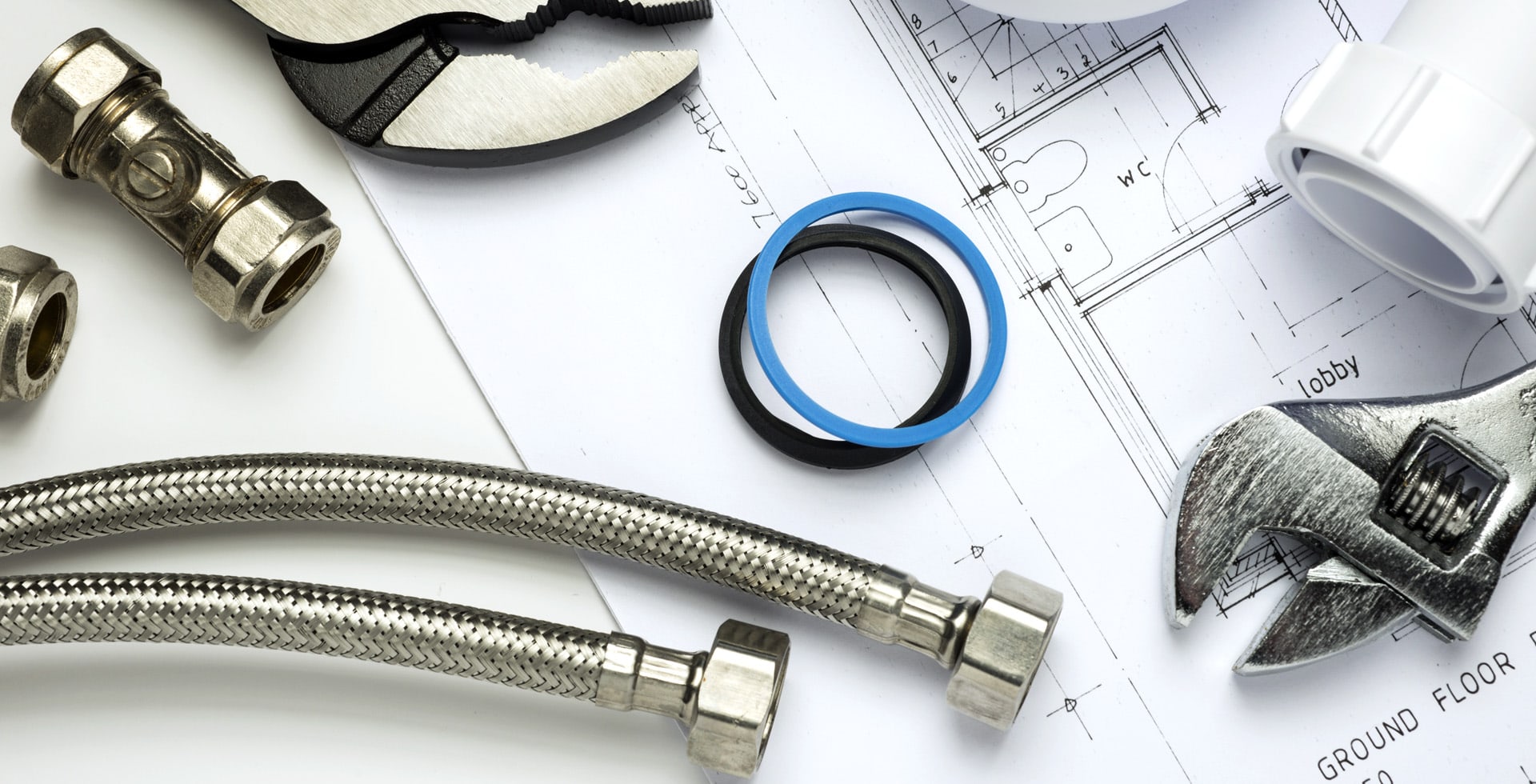How Often Should You Replace Attic Insulation?
Your attic insulation is a key component of your home’s energy efficiency, comfort, and overall health. Knowing when to replace it can save you money on energy bills and prevent major structural issues. This guide outlines how often you should replace attic insulation, the signs that indicate a need for replacement, and the types of insulation available.
The Lifespan of Attic Insulation
Most types of attic insulation can last anywhere from 10 to 50 years, depending on the material used. Here’s a breakdown of common insulation materials and their average lifespans:
- Fiberglass Batts: 15 to 25 years
- Foam Board: 20 to 30 years
- Blown-In Cellulose: 20 to 30 years
- Spray Foam: 20 to 30 years
While these time frames can serve as a guideline, it’s important to inspect your insulation regularly irrespective of its age.
Signs You Need to Replace Your Attic Insulation
Several indicators suggest it may be time to replace your attic insulation:
1. Age of Insulation
If your home’s insulation is nearing the end of its estimated lifespan or has surpassed it, replacement is likely necessary, even if it appears to be in good condition.
2. Visible Damage
Inspect your attic for any signs of visible damage. This includes:
- Wet spots or mold
- Evidence of pest infestation, such as droppings or nests
- Physical degradation, such as crumbling or sagging material
3. Increased Energy Bills
If you notice your energy bills rising without an obvious reason, it could be due to ineffective insulation. Poor insulation allows heat to escape in winter and enter in summer, making your HVAC system work harder.
4. Temperature Variations
Inconsistent temperatures throughout your home can indicate inadequate insulation. You may experience hot spots in summer and cold drafts in winter.
5. Condensation Issues
Excess moisture and condensation in your attic can indicate that your insulation is not functioning effectively. This can lead to mold growth and structural damage.
When to Consider Upgrading Your Insulation
In addition to replacing insulation that is damaged or old, consider upgrading to better materials. Here are some moments when an upgrade might be beneficial:
- If you’re remodeling your home, it’s a great time to replace or upgrade your insulation.
- During energy audits, if you find that your insulation isn’t meeting current energy efficiency standards.
- If your local climate changes significantly, you may need insulation that better suits your current environment.
Types of Insulation: Making the Right Choice
When it comes to replacement, selecting the appropriate type of insulation is crucial. Each has its benefits:
Fiberglass Insulation
Fiberglass is a common choice for attic insulation and comes in batts or blown-in form. It’s non-combustible and relatively easy to install. However, it’s important to wear protective gear during installation to avoid skin irritation.
Spray Foam Insulation
Spray foam expands to fill gaps, providing an excellent air barrier and reducing energy loss. It’s perfect for hard-to-reach areas but may be more expensive than traditional materials.
Cellulose Insulation
Made from recycled paper products, cellulose is environmentally friendly and effective in reducing noise and heat transfer. However, it can settle over time, leading to reduced effectiveness.
Reflective or Radiant Barrier Insulation
This type of insulation is installed in attics to reflect radiant heat away from living spaces in hot climates. It is particularly effective in reducing cooling costs.
Conclusion
Replacing attic insulation is essential to maintaining an energy-efficient and comfortable home. Inspect your insulation regularly for signs of damage, changes in energy costs, and uneven temperatures throughout your home. The type of insulation you choose can greatly affect your home’s energy efficiency, so opt for the material that best suits your needs and local climate. Remember that consultation with a professional can provide tailored advice for your specific situation, leading to better results in insulation performance.
Ultimately, keeping an eye on your attic insulation ensures a more comfortable living environment and can result in significant energy savings over time. Make insulation replacement a part of your home maintenance checklist to enjoy a cozy and efficient living space.

